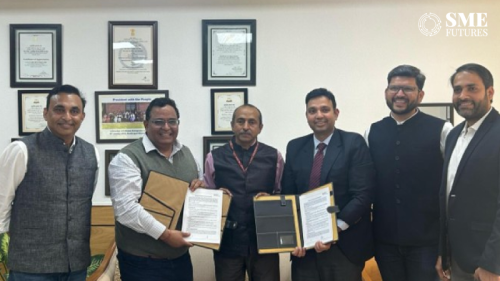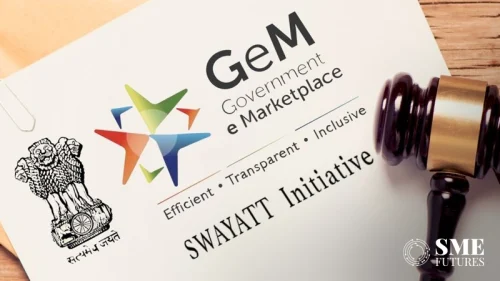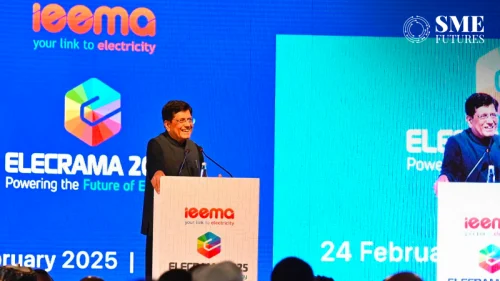The telecom industry has batted for amendment of Right of Way (ROW) rules to incorporate provisions on ‘small cell deployment’, as India gears up for the roll-out of futuristic 5G networks.
Global telecom industry body GSMA has forecast that 5G technologies will make an overall contribution of about USD 450 billion to the Indian economy (0.6 per cent of GDP by 2040) and will reach 88 million 5G connections by 2025.
Simply put, small cells refer to low cost, low powered radio access nodes, and the deployment of ‘small cells’ is being seen as a critical element of 5G networks.
The GSMA and COAI (Cellular Operators Association of India) surveyed stakeholder companies in India to examine on-ground challenges, and explore suggestions on measures that need to be taken to improve the deployment of small cells.
The survey revealed issues, such as the absence of a regulatory framework on small cells; lack of availability of backhaul; and non-uniform implementation of RoW rules by states and municipal bodies.
“The need for small cells is increasing with the rollout of 5G…There are challenges to deploying the small cell… one of the major challenges is the ROW permissions, there is a non-uniform implementation of the policy framework across states and Union territories,” SP Kochhar, Director General of COAI, said.
Kochhar was speaking at a virtual event by COAI and GSMA to discuss the deployment of small cells in India for 5G readiness.
The GSMA report ‘Paving the way for 5G readiness in India: A guide for effective policymaking on small cell deployment’ released on Thursday has made suggestions, including an amendment to RoW rules to incorporate provisions on small cell deployment and ensuring uniform implementation of rules across states, Union territories and municipal bodies.
Other suggestions include reducing approval timelines for small cells to 15-30 days with an automatic deemed nod after 30 days (through online portals); effective use of spare capacity on existing backhaul networks; and encouraging sharing of passive infrastructure to lower costs.
“As mentioned previously, small cells deployment and right of way contribute significantly to enhancing the broadband connectivity of the country. This is likely to attract much more FDI (foreign direct investment) in a country that already struggles with such incentives due to low ARPUs (average revenue per user) and high regulatory costs,” the report said.
It would also allow India to harness the potential for 5G driving a post-pandemic recovery and contributing to India’s efforts in becoming a USD 5 trillion economy.
The report mooted measures, such as adopting simplified and streamlined procedures for building/street furniture permits for small cells; designing norms to facilitate the acquisition of new sites and greater transparency on available assets such as towers, buildings and other structures; and easy access to existing ‘street furniture’ such as traffic lights, bus stops, and street lamps.











